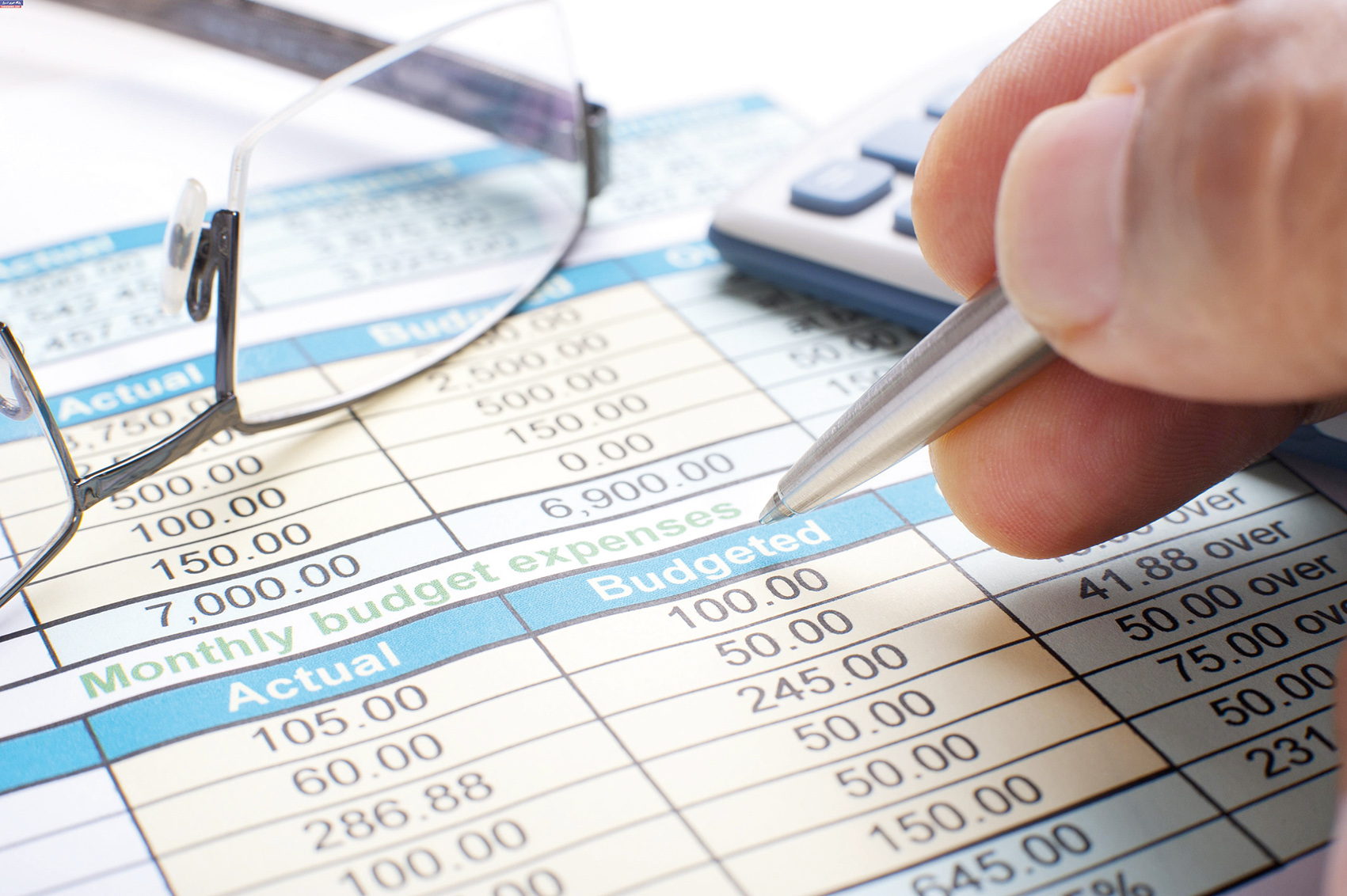Iran’s budget deficit came in wider than expected in the first seven months of the current fiscal year (March 21-Oct. 22) to reach 223.9 trillion rials ($5.3 billion), according to the Central Bank of Iran's latest report.
The government’s overall revenues during the period amounted to 330.6 trillion rials ($7.9 billion), posting a rise of 88.6% over last year's corresponding period.
Revenues associated with the sales of oil and petroleum products reached 469.3 trillion rials ($11.17 billion), indicating a 56.8% YOY rise, but less than the projected 674 trillion rials ($16.04 billion).
Although tax revenues were estimated to hover around 689.2 trillion rials ($16.4 billion), they only reached 526.4 trillion ($12.53 billion), registering a 2.7% increase YOY.
> Backbone of Budget
According to Mohammad Reza Pour-Ebrahimi, the head of Majlis Economic Commission, tax revenues will be the backbone of next year’s budget. Iran's average tax-to-GDP ratio stands at around 8%.
Iranian economist Saeed Leylaz believes tax revenues could become a dependable source of income for the country, if they increase to 12% of gross domestic product in three to four years to reach 1,500 to 2,000 trillion rials ($35-47 billion) per annum.
According to Chairman of Iranian National Tax Administration Kamel Taqavinejad, 20% of taxpayers in Iran pay 80% of all tax while about 65% of all taxpayers are either exempt or pay less than 10 million rials ($266) in tax.
INTA’s figures show tax evasion amounts to 140-300 trillion rials ($3.5-7.5 billion) in the country due to the gray economy, smuggling and lack of transparency.
Thanks to a relatively moderate 25% corporate income tax and no domestic withholding tax on dividends, Iran is one of the emerging markets where locally created value and cash repatriation to the investor’s home country attract the lowest taxes.
The government’s tax revenues consist of returns from direct and indirect taxation. Direct taxes include three groups of “tax on legal entities”, “income tax” and “wealth tax”.
Overall, direct tax revenues stood at 261.3 trillion rials ($6.22 billion) during the seven months, registering a decline of 5.7% YOY.
Indirect taxes, including “tax on imports” and “tax on goods and services”, reached 265.1 trillion rials ($ billion), indicating a 12.6% rise YOY.
Tax on imports generated 54.8 trillion rials ($1.3 billion), 11% more than last year’s corresponding period while tax on goods and services earned the government 210.3 trillion rials ($5 billion), up 13.1% YOY. Value added tax, which is a subcategory of tax on goods and services, increased by 27.9% to reach 146.8 trillion rials ($3.49 billion).
> State Revenues, Expenditures
Government spending during the period under review hit 554.5 trillion rials ($13.25 billion), registering a 31.1% rise year-on-year.
Government Spokesman Mohammad Baqer Nobakht said current spending should reduce by 5% by the end of the next fiscal year (March 2019).
The research arm of the Iranian Parliament expects the government’s general revenues to stand at 3.25 quadrillion rials ($77.47 billion) in the next fiscal year (March 2018-19). This is while “inevitable” spending costs amounted to 2.8 quadrillion rials (66.74 billion) in the current year, suggesting that the government will have no more than 450 trillion rials ($10.72 billion) at its disposal to make budgetary decisions, such as increasing the wages of civil servants and pensioners, settle its debts and spend on development projects.
Majlis Research Center believes that if the government cannot cut its spending, it will have to fund its affairs by raising taxes, increasing fuel prices, issuing bonds or devaluating the rial.
To cover the widening deficit, the government has been issuing bonds. According to CBI, 349.2 trillion rials ($8.31 billion) worth of bonds were issued during the seven-month period, 25.3% more than the corresponding period of the year before.
The report also shows the government spent 141.2 trillion rials ($3.36 billion) on development projects, 12.3% more than the similar period of last year but much lower than the projected 422.3 trillion rials ($10.05 billion).
Mohammad Nahavandian, deputy president for economic affairs, said 700 trillion rials ($16.6 billion) will be allocated to complete development project in Iran as per the budget bill of the next fiscal (March 2017-18).
According to director general of the Supreme Audit Court of Iran, Adel Azar, 27 development projects in Iran will take more than 41 years to complete, 44 projects would require between 31 and 40 years, 284 projects are to take between 21 and 30 years, 658 projects are expected to last for 11 to 20 years and 755 projects are without a timeline across the country.
“For these projects to become operational, as much as 5,080 trillion rials ($120 billion) are needed at the national level and 490 trillion rials ($11.6 billion) at the provincial level,” he said.
Statistics show the government only disbursed 58%, 68% and 39% of its projected development spending in March 2015-16, March 2014-15 and March 2013-14 fiscal years respectively.


